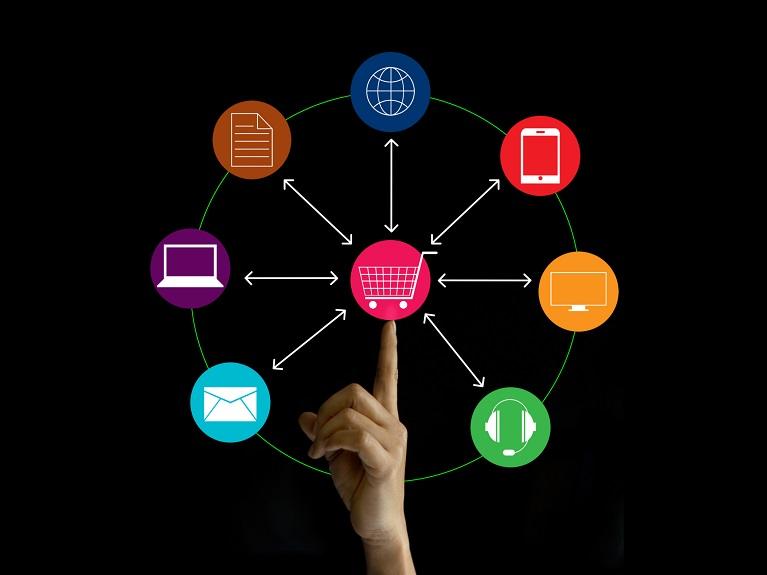Five things multichannel retailers should do for customers
While high bounce and exit rates can be frustrating to online retailers, nothing irks them more than seeing a high percentage of abandoned carts.
You were “this close” to making the sale. But somewhere along the sales journey, the shopper got frustrated or lost interest and left. Why? Chances are it was because you, the retailer, didn’t do enough to keep the customer engaged and motivated to complete the sale.
‘But people love our website!’ you say. ‘Shoppers adore our clothes!’ ‘What more do we need to do?’
The problem, however, isn’t your inventory or your web design. You may have gorgeous products, beautifully photographed, and your e-commerce site may be a thing of beauty. But if you’re not going the extra distance to make shoppers, especially returning customers, feel welcome and appreciated, you could be losing sales.
So, what can multichannel retailers do to better engage customers online? Following are five strategies that can help brands better service their online customers and reduce the likelihood of them shopping elsewhere.
1. Don’t act like you have amnesia. This is the fourth time that customer has been back to your store in the last eight months, but every time she visits you act like you don’t know her, even though she’s spent over $1,000. Is that any way to treat a loyal customer?
Instead, how about the next time that customer stops by, you great her by name — and ask how that last purchase worked out? Maybe even suggest a great sweater to go with those skinny jeans she bought last time — or let her know you’re having a sale on jeans (in case she’s looking to buy another pair).
The point is to leverage the information you have right now about the visitor, historical information (like a visitor’s previous searches and purchases) and any additional, relevant data (such as location, device type, length of time on the site, etc.) to make the sales journey more personal. Make customers feel welcome and show that you are paying attention, and they will reward you with their business.
2. Help customers help themselves. Not every customer wants to be chatted up, in person or online. Many shoppers just want to get in and get out — and if they have a question about a product or shipping or returns, they want to be able to find that information quickly and easily, without having to go search your site, especially if they are on a mobile phone.
Chances are, the retailer knows the top five or ten reasons why people ask questions or calls about a particular product or product category. So, beef up your web self-service and provide shoppers with an easy way to find those answers — that doesn’t involve a bunch of scrolling or navigating away from that page or making a phone call.
3. Include videos. Video is a great way to showcase a product, or show consumers how to use the product. With a video, you can show a product from a variety of angles and/or provide expert advice along with a demonstration of how the product is used in a real-world setting.
Videos are more than just an opportunity to provide another form of multi-media. A video that shows important third-person interactions — like a stylist dressing a customer or educating that customer how to pair an item with their wardrobe, can help customers make purchase decisions, if delivered at the right time and in the right context.
Video engagements, integrated with a knowledge base, can have the same type of impact on customers, who do not like the commitment required with a call or a chat — allowing you to reach a broader audience with your engagement strategy.
4. Step in when you detect there’s a problem. Want to know why that customer abandoned her cart yesterday? Chances are it’s because that 25% off coupon code you sent her didn’t work. She typed the code exactly the same as in the email you sent her. But it didn’t work. She then tried cutting and pasting it. Invalid. She even searched online for the same promotion, to make sure she had the correct code — and it still didn’t work. And you wonder why she’s frustrated and decided to abandon her $500 worth of merchandise?
Just imagine what would have happened if an online sales associate swooped in with a valid promo code (and an apology) after that second attempt? Sale saved!
5. Use geolocation as part of your customer service strategy. Say a customer service agent is chatting with a customer, either online or on the phone, about a product the customer is interested in buying. With geolocation, the agent can see where the customer is relative to a store that contains the item and can give the customer the choice of picking up the item at a store close to them (or the closest store that has the product) or having it shipped to their home.
In the end, effective customer engagement should be a series of proactive and contextual activities that mimic the interactions and relationships that the customer has with real people in a brick and mortar environment, even if some of those interactions are driven by real-time analytics and use multi-media content. More than just changing the digital wallpaper to show product that we think the customer would like, multichannel retailers should take an active role in helping customer make a decision and convert them to the next step along their buying journey.
Brian Strauss is VP of worldwide field engineering at Moxie.


